Filming for the rights of the Papuan people and land
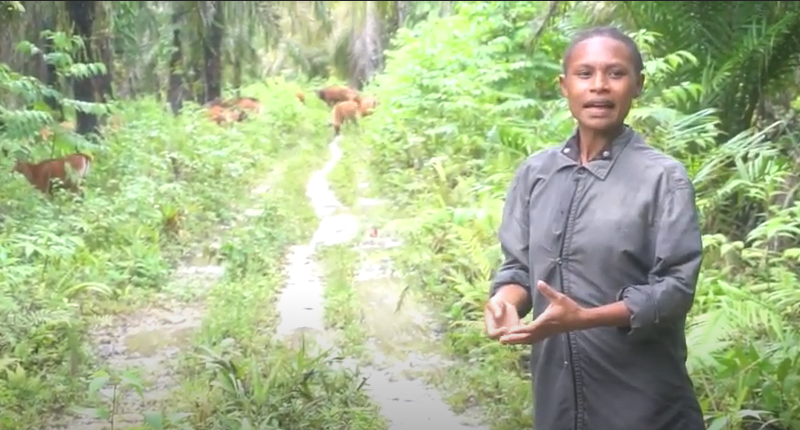
Screenshot from the film ‘Perempuan Di Tanahnya‘. Source: YouTube
This edited article was published on April 21 by WITNESS Asia, an international organization that supports people using video in their fight for human rights. It has been republished on Global Voices under a content partnership agreement.
Since Indonesian forces annexed West Papua in the 1960s, Papuan citizens have faced relentless human rights abuse and environmental damage as Indonesia plunders its resource-rich land. The region is host to the American and British-owned Freeport mine, the largest gold mine in the world, which has effectively poisoned the local river system and reduced a sacred mountain to a crater. Amnesty International estimates that at least 100,000 West Papuans have been killed by the Indonesian military so far. [Link? Also consider adding some context that some organizations believe this number is far too low]
On top of the exploitation and genocidal acts by authorities, restrictions placed on international journalists in the region and throttling of the internet have made obtaining information on the region extremely difficult [Links?]. Films such as those produced by West Papuan filmmaker Irene Yuliana Fatagur help highlight environmental, Indigenous campaigns, and land rights issues that may not be visible to the rest of the world. WITNESS Asia interviewed her to get her insight into the Papuan struggle for independence.
WITNESS Asia (WA): Most of your films are about the Keerom Regency, where you are from. Can you begin by telling us more about it?
Irene Yuliana Fatagur (IYF): Within Keerom Regency, only about 30 percent of the population is made up of people who are indigenous to Keerom. The other 60 percent are not Papuans, while the remaining 10 percent consist of people from other parts of Papua.
Oil palm trees were first brought here to Papua, specifically to Keerom, on the instruction of the Indonesian government. At that time, Keerom was categorized as a “red zone” and the Indigenous community was deported to Papua New Guinea, the neighboring country. While they were away, many of their crops were seized and replaced with palm oil trees.
Therefore, the entry of oil palm into the regency did not happen with the customary consent of the Indigenous people. There were many illicit incidents during that period (1983–1997).
WA: What inspired you to get started in filmmaking and how did it happen?
IYF: I can still see cases of illegal violations of the border area of Keerom. I still see the aftermath of these incidents. I took the plunge into the world of filmmaking because I felt that my world has been ruined and I wished to create awareness among the community.
The current state system is destroying the property of the people and the local customs. There are also systems of giving money to the Indigenous people as a way to bribe them into giving away the remaining land that has not yet been used by the government. Conflict has been created to deceive the Indigenous people and take away the remaining land to be used for oil palm. So, as a native woman in my area, I felt that it was my responsibility to take action.
I cried when I saw the nature around me being destroyed. I felt called to make films about the environment and that motivated me to join the Papuan Voices film community.
I have no background knowledge in films, but I’ve always enjoyed taking photos. At first, there were only five of us who participated in the one-day training. But because of my intentions, I became attracted to the world of filmmaking. Friends in the Papuan Voices community taught me a lot about filming, editing, and how to make good films. It was there that we first went on the ground to make films, and where I made my first film.

Papuan Voices film community. Photo from WITNESS Asia.
WA: How have films helped as a tool for activism and advocacy in West Papua?
IYF: Indigenous people are easily deceived by so-called investors or the government looking to take advantage of them. But films help them quickly understand and be aware of issues, which enables them to protect the nature around them or directly work on the issues they are facing.
As education is not accessible to everyone, the communities in Papua are mostly illiterate. The Indigenous people don’t have access to education, so we advocate through films.
I mostly record videos of “infestations” of oil palm in my area. Because of oil palm plantations today, many Indigenous people do not have a place to grow crops or raise livestock, and so they are forced to depend on the government for their livelihood.
My films, which are situated in the context of the economic needs of the Indigenous people, have been screened and watched by many — within the community, among academics, and also among the activists. Many have also requested for the films to be made as educational tools for the youths. You can also find two of my films on YouTube, “Dari Hutan Kong Hidup” and “Perempuan Di Tanahnya.”

Photo from WITNESS Asia
WA: What are some of the challenges you face as a filmmaker, such as safety and security issues?
IYF: So far, I have not been on the receiving end of intimidation, but I have faced some challenges. It is important to carefully approach our sources, and ensure that they are fully aware of what you’re doing. This is because the Papuan people are no longer interested to be used as objects to be published, as many organizations made use of them for their self-interests.
There are also safety and security issues. There was a friend of mine who filmed a large-scale demonstration. Their camera equipment was damaged, destroyed or confiscated, and the data was also seized. This is an example of intimidation by the military. Sometimes, our safety is threatened if we do not destroy the data. They may even come up to your house. They came to my friend’s house, and my friend was so frightened by it that they crossed over to a neighbouring country to stay there and protect themselves for the time being.
WA: How have internet shutdowns and throttling disrupted your work?
IYF: Internet access is unstable here, especially now. In Papua, there are often large-scale demonstrations, and violence carried out by the military. We might get a video recording and intend to upload it, but the internet is suddenly interrupted. As a result, we have to find another way to access the internet to inform the public about what has happened.
Internet connectivity issues happen a lot in Papua, and it disrupts our work. We are silenced, but we will keep storing the videos and make films to tell the story of what had happened.
WA: What is your hope for West Papua, and how can the international community show more solidarity?
I hope we become one of the lungs of the world that can help all mankind and every living thing which exists on earth.
I hope that the infestation of our lands will be stopped so that we can live in peace. It is due to the effects of encroachment that we in Papua demand for independence. Stop it and give us full rights to manage our nature. Don’t make us stepchildren in our own country. That’s our hope.
And I think that international solidarity for the Papuan community already exists, but it is not strong enough. Not strong enough to actually help us. We have not yet overcome our past troubles and there are still more coming. I thank our friends for their solidarity but I need them to support us even more, so that the country can look directly at us, and not down on us.







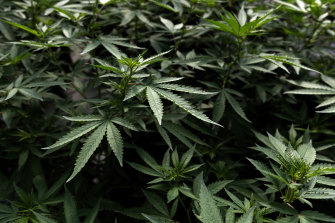
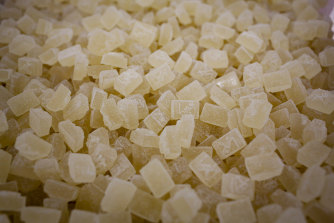
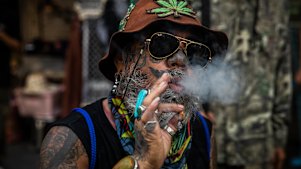
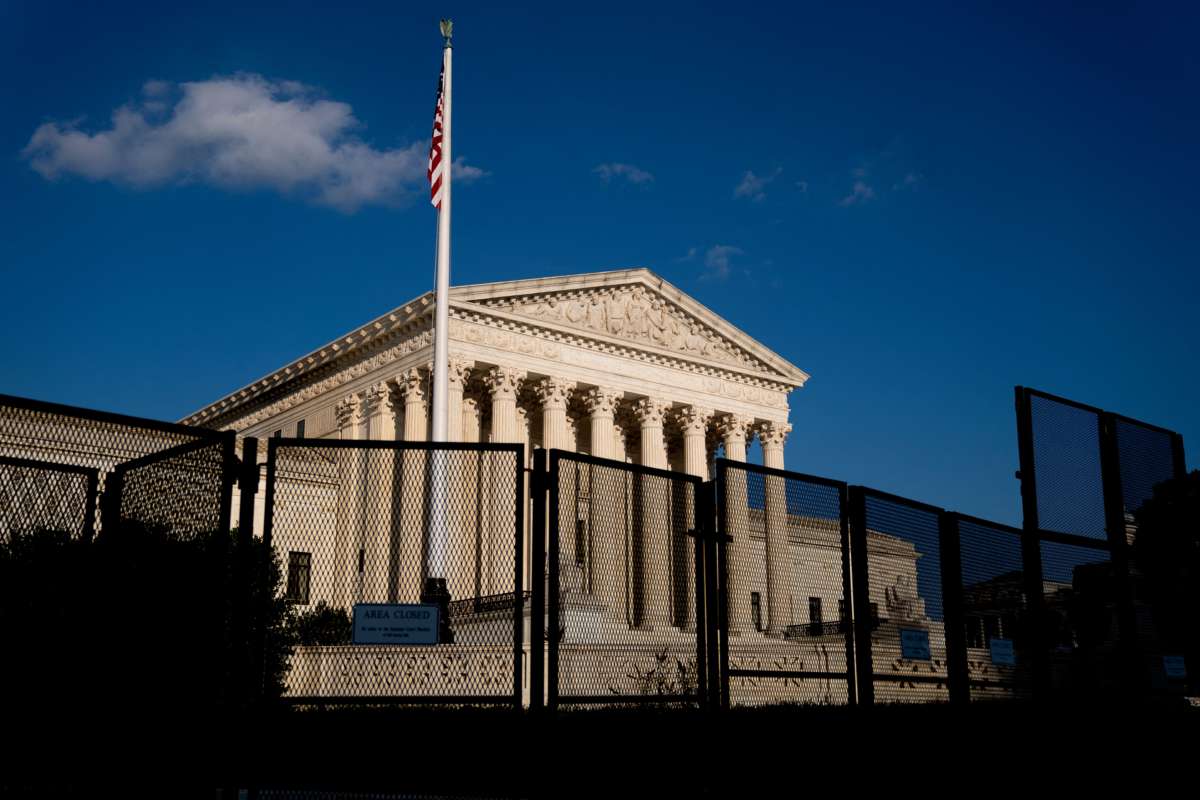
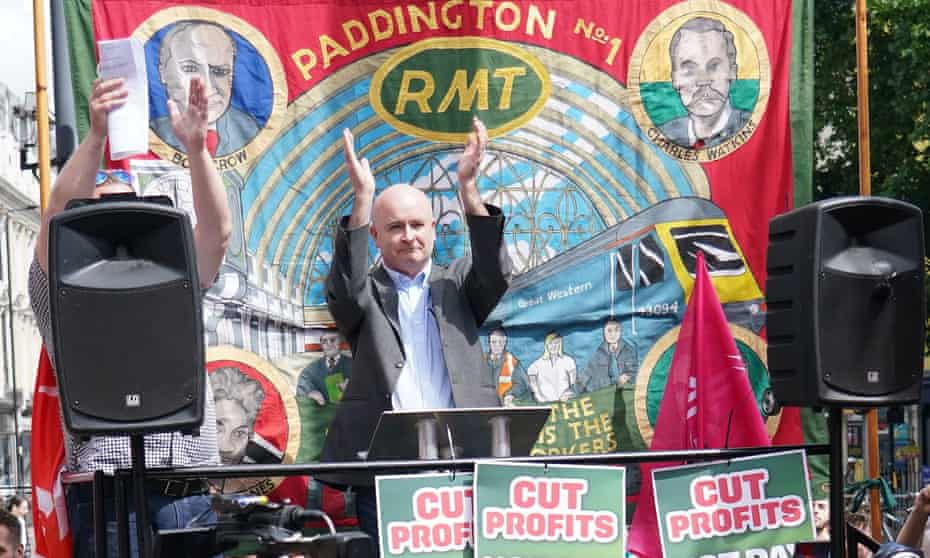
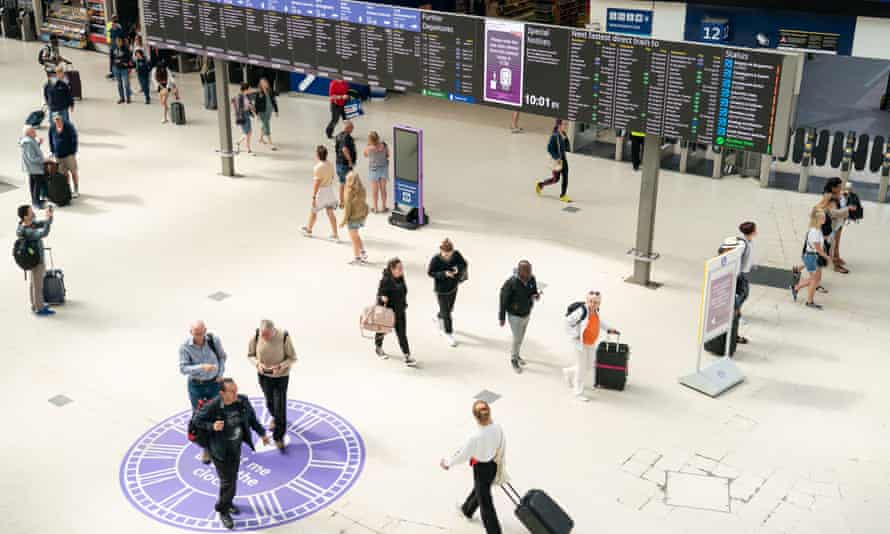
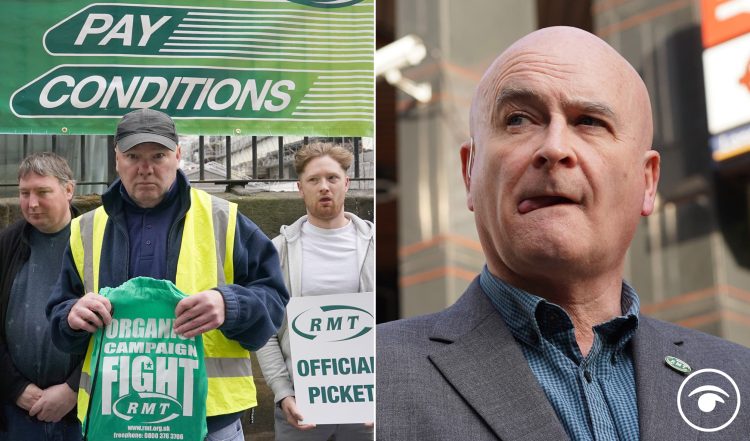
:quality(70)/cloudfront-eu-central-1.images.arcpublishing.com/thenational/5GHUMYUPT7P3EDABU5OCGC7HKQ.jpg)
:quality(70)/cloudfront-eu-central-1.images.arcpublishing.com/thenational/ZOQ6BOMTSQYMTGA36JYR4UD3CA.jpg)
:quality(70)/cloudfront-eu-central-1.images.arcpublishing.com/thenational/X6M4OHTGSFJB3XLGWM5ZZW6UDY.jpg)
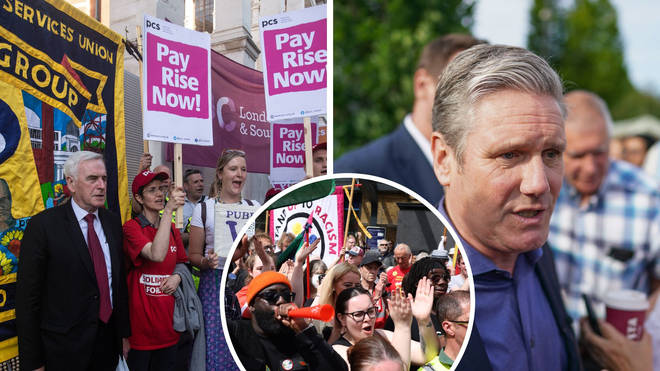

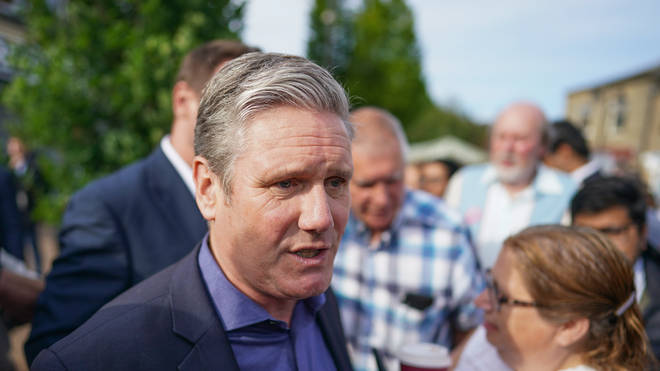
:quality(70)/cloudfront-eu-central-1.images.arcpublishing.com/thenational/FNP4VXQMNKSY3JTC6GBJFX62GI.jpg)
:quality(70)/cloudfront-eu-central-1.images.arcpublishing.com/thenational/NQ6VLLJKO2EECTWA4WTS7EENUM.jpg)
:quality(70)/cloudfront-eu-central-1.images.arcpublishing.com/thenational/DVMGNOGVSTVIZVN5B7MFKWQRWU.jpg)
:quality(70)/cloudfront-eu-central-1.images.arcpublishing.com/thenational/ZLV5BVPB2LYOGJQS5VFM4A2Z4A.jpg)
:quality(70)/cloudfront-eu-central-1.images.arcpublishing.com/thenational/3YZFECA3JCIQPJ5OF7HYPUKT6Q.jpg)
:quality(70)/cloudfront-eu-central-1.images.arcpublishing.com/thenational/T7YM52IFD5CWS6DIALNTVTXOL4.jpg)
:quality(70)/cloudfront-eu-central-1.images.arcpublishing.com/thenational/CQVZLN664HSVZGF2IALH6KRN64.jpg)
:quality(70)/cloudfront-eu-central-1.images.arcpublishing.com/thenational/EF5PYG2OVNMCPZMSPN737QKHNQ.jpg)